If you’re a personal trainer or strength coach you likely work with clients and athletes who 1) have glutes1 and 2) are looking to up their glute game.
Today’s guest post by strength coach, Menachem Brodie, goes a bit further down the rabbit hole than just giving you a bunch of glute-centric exercises to consider. There are a plethora of factors to consider when trying to ascertain what exercise will be the best fit for any one individual’s derriere.
What’s more, simpler is often better…;o)

Glute Training For Athletes
What is it about glutes that has made them the “back to the future” of strength and performance training?
Was it Bret Contreras creating the Barbell Hip Thrust and spreading the Gospel of Glutes?
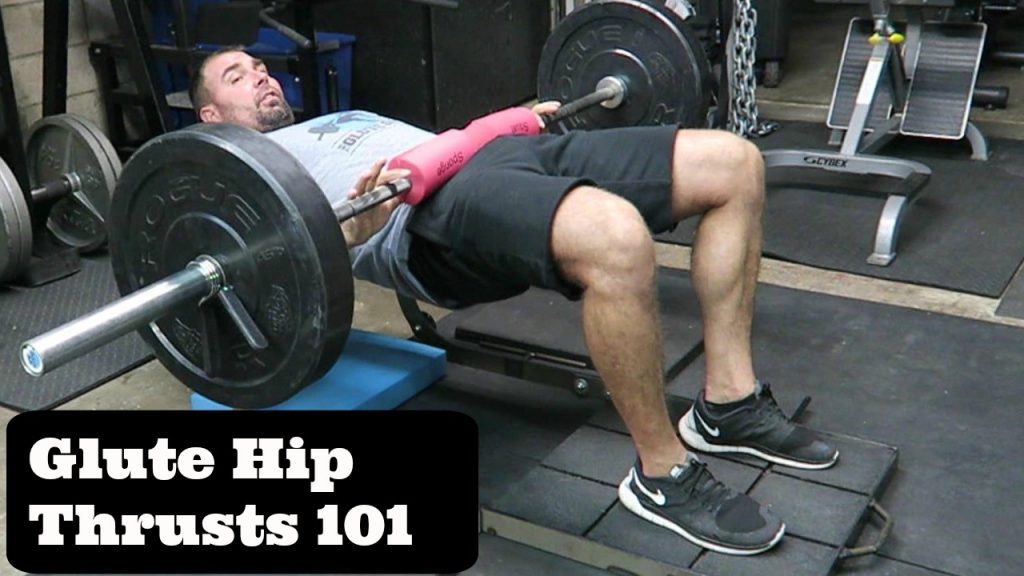
Was it the invention of Yoga Pants?
Or maybe it was Mike Jureller going on his “International Tour of CrossFit gyms” that made them popular… The world may never know.
What is undisputed, is that glutes (and mid & lower traps) are signs that someone is an athlete, or at least training like an athlete.
Today we’ll grab our Glute Dolorean’s and head back to the past, to help us understand why glutes are so important, why squats are not enough, and what you need to consider when programming glutes for your athletes and clients.
The glutes, all three of them: Glute medius, Glute minimus, and Glute maximus, need to be developed in proper proportion to allow the hip joint to sit more properly. As the glutes lose strength they tend, like every muscle, to lose their optimal resting length.
This in turn affects performance, and in the case of the hip joint, can lead to the head of the femur sitting at a poor angle in the acetabulum, which as I found out, over time can lend to bone growth in paces we don’t want it, leading to impingement, or other mechanical issues.
One such issue that can arise, is what has been called “gluteal amnesia,” which simply put is the glutes losing the ability to execute hip extension, leaving the hamstrings to do all the work and can cause the head of the femur to clunk around in the acetabulum like a drunkard in a demolition derby.
Putting Down a Great Base
In order for us to have the best chance of fully expressing our athleticism, we have to have a solid base.
Now while (especially) the average client, cyclists, and triathletes tend to think of “core” as being the base, this is not the full truth.
The base involves the Axial Skeleton (Spine & rib cage) + the Pelvis. This is of critical importance, as failure to stabilize these two together can sap power and strength. There are of course sports that are exceptions to this, such as rowing, but it’s this author’s opinion that this is why we tend to see disc injuries in that population.
Butt, developing your glutes REQUIRES that you have a stable and strong midsection: the rectus abdominus, internal and external obliques, the pelvic floor, and quadratus lumborum all work together to stabilize the pelvis from the top & middle. I won’t go into these items in this post, but you can read more and learn a few exercises to help address your midsection in this great post from Sarah Duvall, DPT.
You should also read Tony’s piece “Stack the rings for better Squat Performance” , and check out his friends’ Dr. Sarah Duvall, Kellie Hart, and Meghan Callaway’s stellar product Glutes, Core, and Pelvic Floor Online System.
Note From TG: It’s stellar!
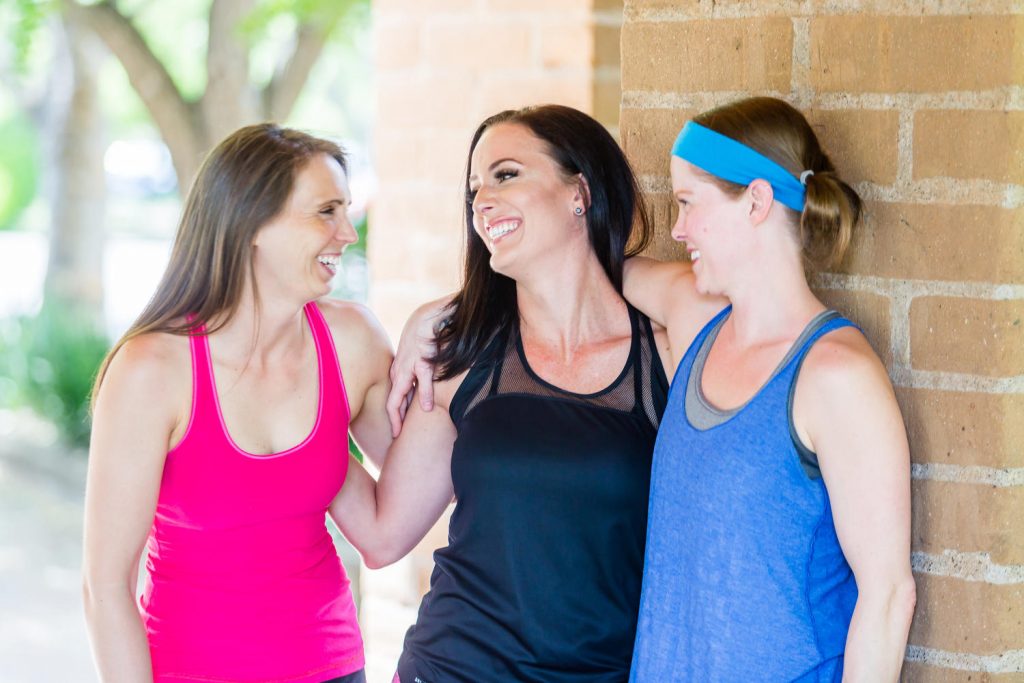
It’s often necessary to break down movement(s) into their respective parts to make certain we’re getting motion from the right areas and that we’re using/engaging the areas we want to use/engage to perform exercises well, which is what we’ll dial in on next.
Cycling and Sitting: The Bane of Gluteal Existence
When glutes are strong and full and the diaphragm, ribs, and pelvic floor all move properly for breathing, EVERYTHING works better: Squats are more full range, your back feels like a titanium beam, and jumping and sprinting tend to be out of this world (for a 6th grader).
Butt (<– haha, I see what you’re doing there Menachem) when one starts spending more time in a seated position where the glutes are partially stretched, but not used, and the diaphragm is out of alignment with the pelvic floor, these muscles tend to lose some of their abilities, as they are essentially being told to shut off in those static positions: We don’t need them to work because we are slouching and hanging off the ligaments/connective tissues instead.
Cyclists and triathletes also suffer this problem due to the inherent position of their sport.
You lose power potential in a muscle that cannot stretch, or is in a stretched position for so long. This is an issue many cyclists, triathletes AND our clients/ athletes face, due to the long periods of time that we spend sitting with our glutes in an elongated position, and “the rings” (pelvic floor + diaphragm) out of alignment.
Glutes Are a Keystone to Performance Oft Neglected
While the running joke is that “I got glutes cuz I squat a lot,” Squats actually are NOT enough to fully and properly develop the glutes. There is far more that goes into developing glutes than being able to perform the 30+ something squat variations.
I know what you’re thinking:
But this is important, as it relates to an oft-missed portion to training the glutes: PELVIC CONTROL.
Pelvic stabilization and control is extremely important if we are to get true hip extension, and not extension from places not intended to work “like that”, such as the lumbar spine.
If I had a dollar for every time I saw a trainer or coach working on “Hip extension” with a client/ athlete who was getting movement from the lumbar spine, I’d be a very rich person.
In order for us to build up the glutes properly, we have to begin by thinking about giving stabilization to the pelvis through teaching the hamstrings, internal obliques, the deep hip rotators (pelvic floor), rectus & transverse abdominus, and Quadratus lumborum to all fire in good sequence and with great strength.
This is a challenge for many, as we tend to perform our front planks by hanging off the hip flexors, we work our hamstrings by laying down on the machine, and often don’t include many anti-rotation exercises (although, you ARE reading Tony’s blog, so you’re officially “one of the smart ones” who does in fact train rotary stability).
Getting to Work
Glute work isn’t simply throwing a few exercises into your dynamic warmup and main routine, there is much more that needs to be done to maximize your athletes results.
We MUST think about the different positions the athlete will be required to perform in their sport:
- Do they include deceleration and change of direction?
- Is it a fixed motion similar to cycling or rowing, or is their sport more dynamic, such as basketball and rugby?
- Is the athlete in anterior pelvic tilt for their sport, such as hockey, bowling, or cycling?
Each of these questions must be answered, as they help us understand the joint positioning of the hip….and as we all know:
JOINT POSITION DICTATES MUSCLE FUNCTION
If we’re actually to train the athlete and their glutes to perform in their sport, we MUST know how the muscles will be asked to work in the “real world”- that of dynamic movement and uncertainty required by their sport.
This is one of the things many of us forget as we write programming: What positions are the joints going to be in, and due to these changes in joint position, how will the muscles ACTUALLY be responding/used for movement?
- Stabilizer?
- Prime mover?
- Prime mover through full range of motion?
Next we need to answer:
What kind of lever arm should you use for the athlete when training the glutes?
Weighted at the lower leg? (Reverse Hypers)
Weighted at the shoulders? (Barbell good mornings)
Weighted at the hip? (Barbell Hip Thrust)
Weighted long fulcrum? (Deadlifts)
Weighted medium fulcrum? (Sumo Deadlifts)
Resistance bands at the knees?
Resistance bands at the shins?
Resistance bands at the feet?
Resistance band at the crotch? (Band Pull throughs)
Bodyweight weight-bearing? (Hip lifts)
Bodyweight non-weight-bearing? (Side lying straight leg lifts)
The answer to this can and should vary throughout the training year, but there should always be one or two lever arms which are staples to that athletes program, to help combat the movement deficiencies that their specific sport, AND POSITION in that sport, entail.
After all, you wouldn’t train a pitcher as you would train a shortstop.
Programming Glutes for Your Clients & Athletes
Every single warmup we do here at Human Vortex Training starts with some form of the hip series, depending on the athletes ability to recruit the glutes & stabilize their midsection. This doesn’t mean that these exercises are the only warmup, that would be poor planning. Rather, we should be looking to include at least 1-2 of these moves in our dynamic warm up to help the athlete/client connect with, and utilize their glutes.
Here are the foundational warm-up exercises which I’ve used a mix of over the years:
1) Side Lying Straight Leg Lift
1 @ 8-15 each
2) Hip Lifts
1 @ 15-30
3) Clamshell Variation
Side Lying Clamshells (beginners)
1 @ 8-15 each
Side Lying Half Clamshells (intermediate/advanced)
1 @ 8-15 each
4) Side Lying Straight Leg Adduction
1 @ 8-15 ea
5) Birddog Variation or Regression
1 @ 5-8 each
PLEASE Don’t butcher the Birddog exercise! Our affable, giant-triceped host, Tony Gentilcore, has a great video about this and how to better teach it here:
6) Single Leg Hips Lift
1 @ 8-15 each
7) Banded Lateral Walks
8) Banded Monster Walks Forward/ Backward
Along with 2-4 of the above exercises, we would get 1-2 breathing exercises, and 2-4 other dynamic warm-up exercises to prepare for that specific days session.
Burnout Session at the End of Your Lift for Glutes? No Problem!
At the end of a session is a great place to add in some more sport-related fatigued state specific glute training. These are usually done bodyweight only, as we’re looking to help improve the athletes resilience and strength-endurance in sport-specific positions, although it’s best to find what works for YOUR athlete….Some respond better, or actually need weighted or resisted variations.
Use your best judgement to find what’s best for your athlete at that time.
1) Back on Bench Single Leg Hip lifts (Rotary Stability) (Sprinters, Track and Field, Triathletes)
2) 45 Degree, Duck footed Glute Back Extensions (Cyclists, Triathletes, Hockey)
3) Frog Hip Lifts (Weighted or Unweighted) (BJJ, Hockey)
But It’s Not All Strengthening
As we all know, simply making a muscle stronger and better able to work in chorus with other muscles, doesn’t make it a rock star. We still need to ensure it’s able to work through it’s full intended range of motion, as well as to rest at its ideal resting length.
For this, we can do a few different exercises:
1) Brettzel
2) Half-Pigeon Stretch
3) Dynamic LAX Ball Glute Release with Mid-Trap Activation
I like all of these as they also help the athlete learn where the rest of his or her body is & what it’s doing as they get into the proper positions… a big win for Proprioception!
Give these a shot, and let the glute gains begin!
About the Author
Menachem Brodie, NSCA-CSCS, PCES, is a leading Strength Coach for Cyclists & Triathletes. In the health, fitness, & wellness fields for nearly 20 years, he has worked with professional & amature atheltes from around the world. He has authored 2 courses: Strength Training for Cycling Success and Strength Training for Triathlon Success, and has presented internationally on Strength Training for Endurance Athletes, including at the 2018 USA Cycling Coaching Summit.

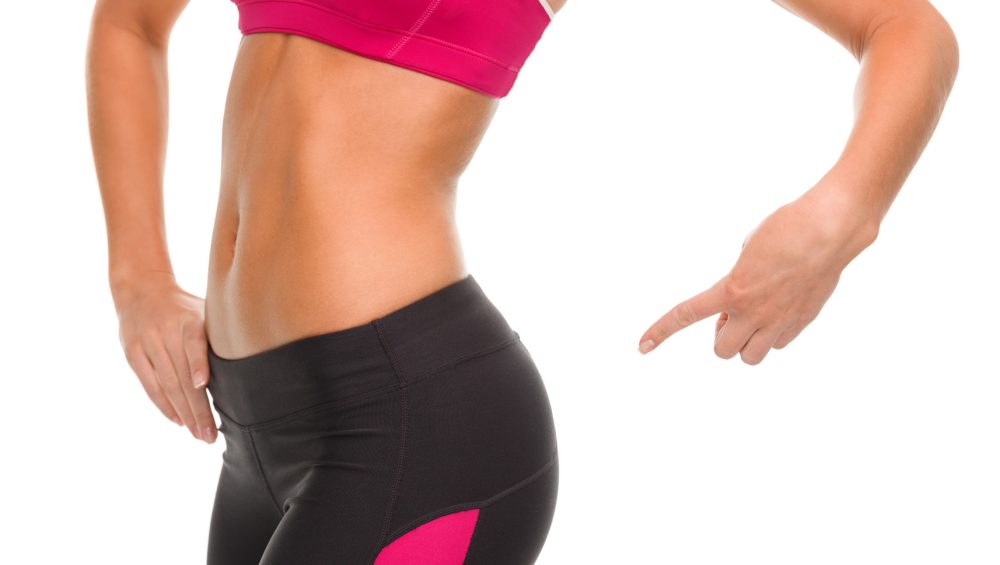








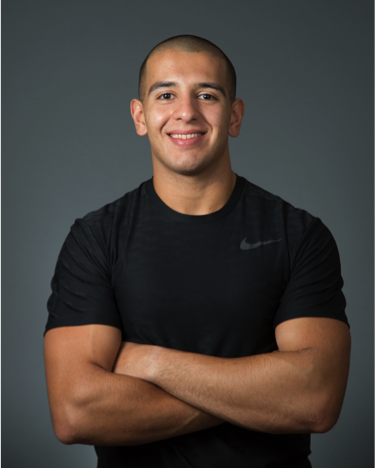 Meer Awny is a Strength & Conditioning coach & Personal Trainer from Sydney, Australia.
Meer Awny is a Strength & Conditioning coach & Personal Trainer from Sydney, Australia.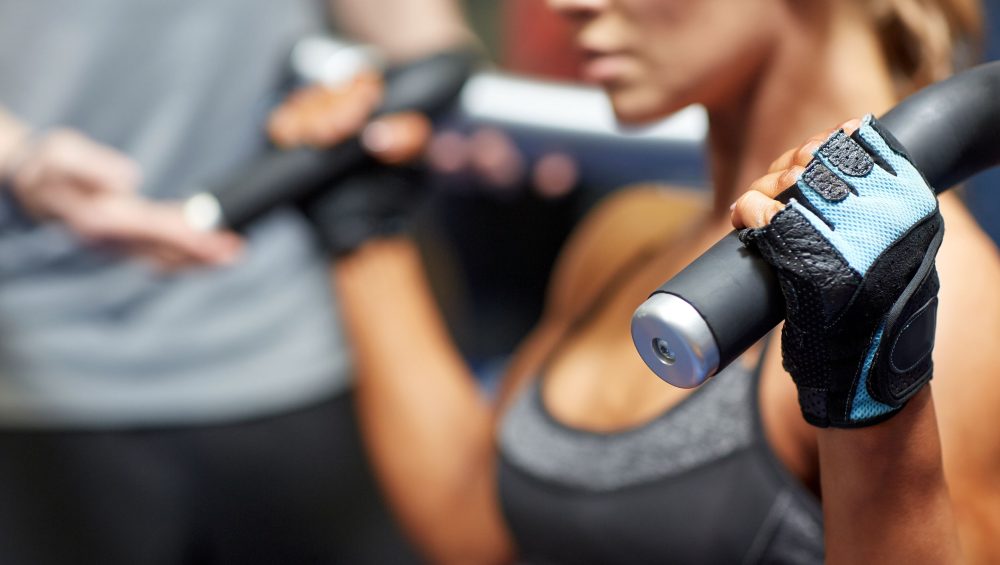
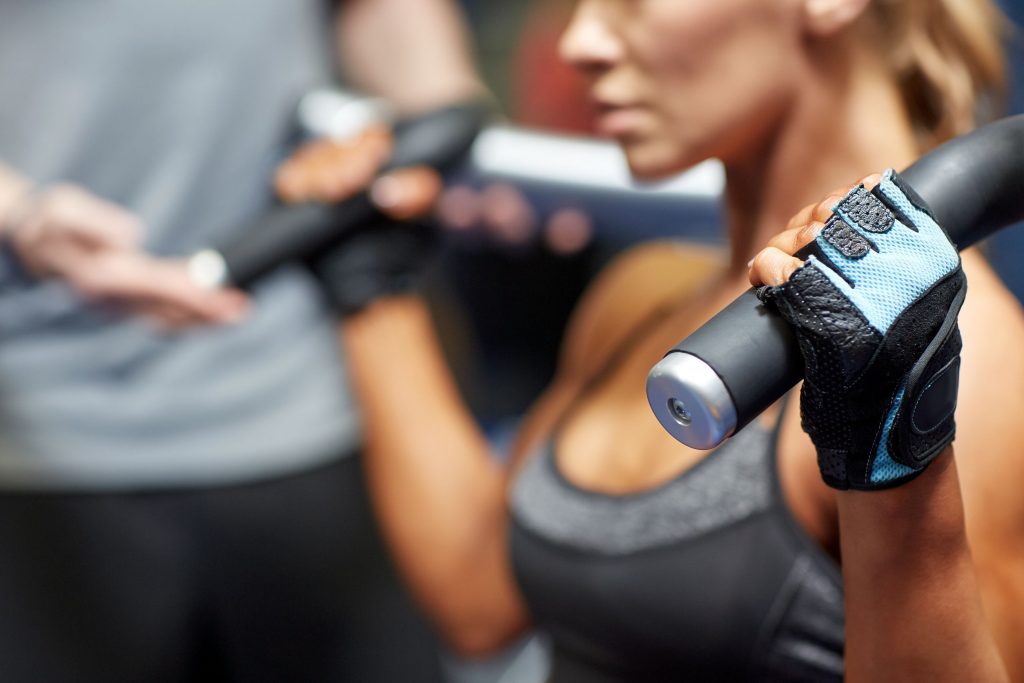
 blogger who has worked with athletes and non-athletes for over 5 years. She is currently a strength coach at JDyer Strength and Conditioning, and also runs her own technical soccer training business in Baltimore, MD.
blogger who has worked with athletes and non-athletes for over 5 years. She is currently a strength coach at JDyer Strength and Conditioning, and also runs her own technical soccer training business in Baltimore, MD.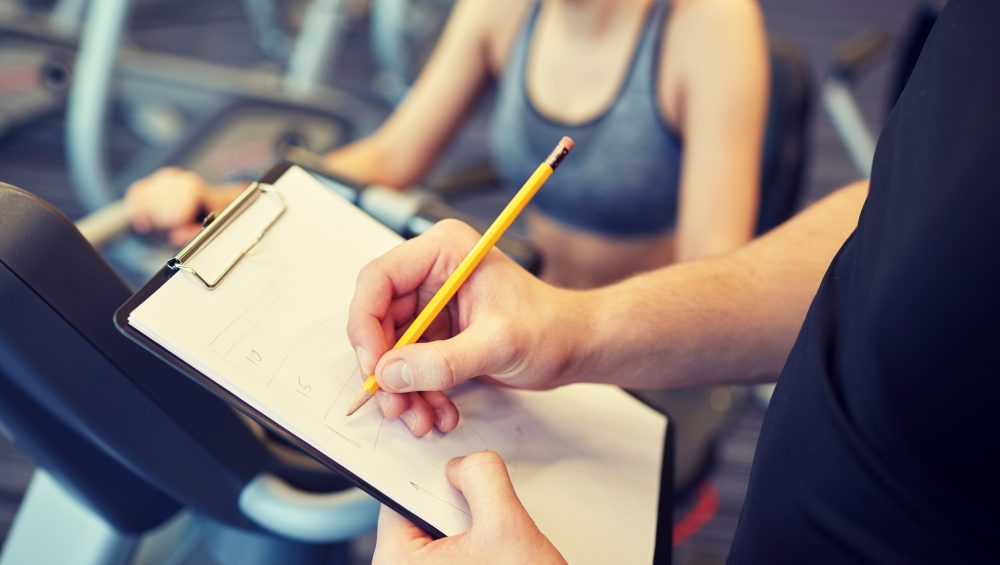
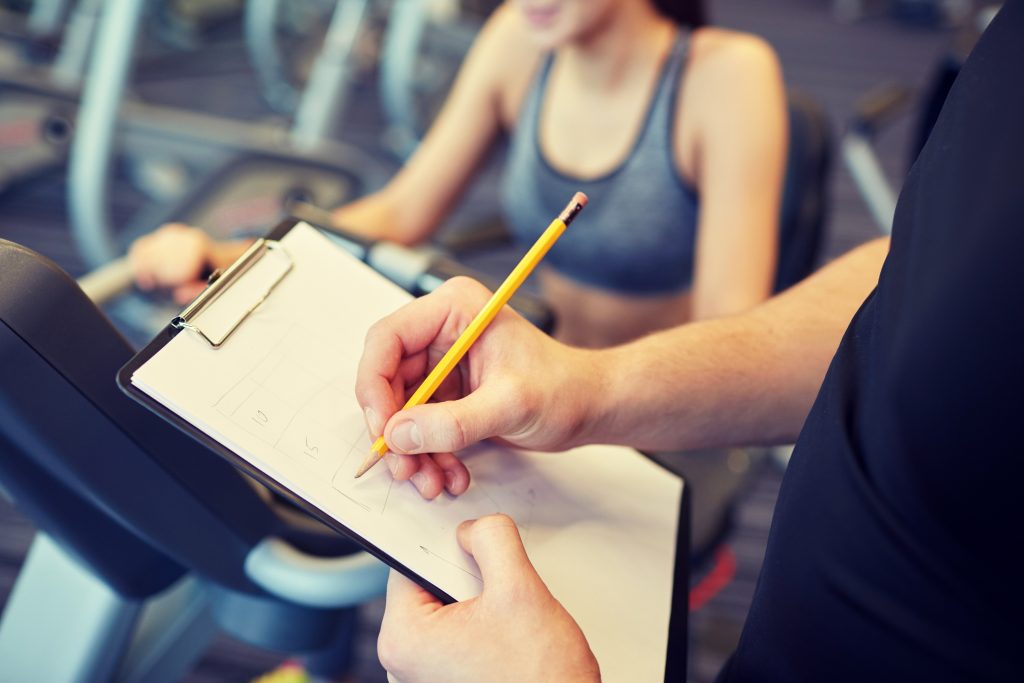

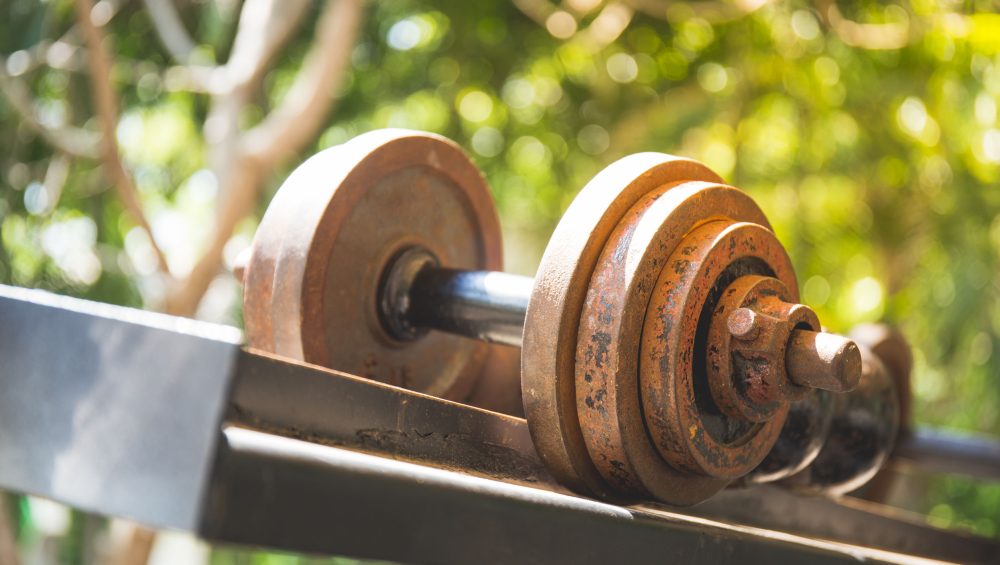
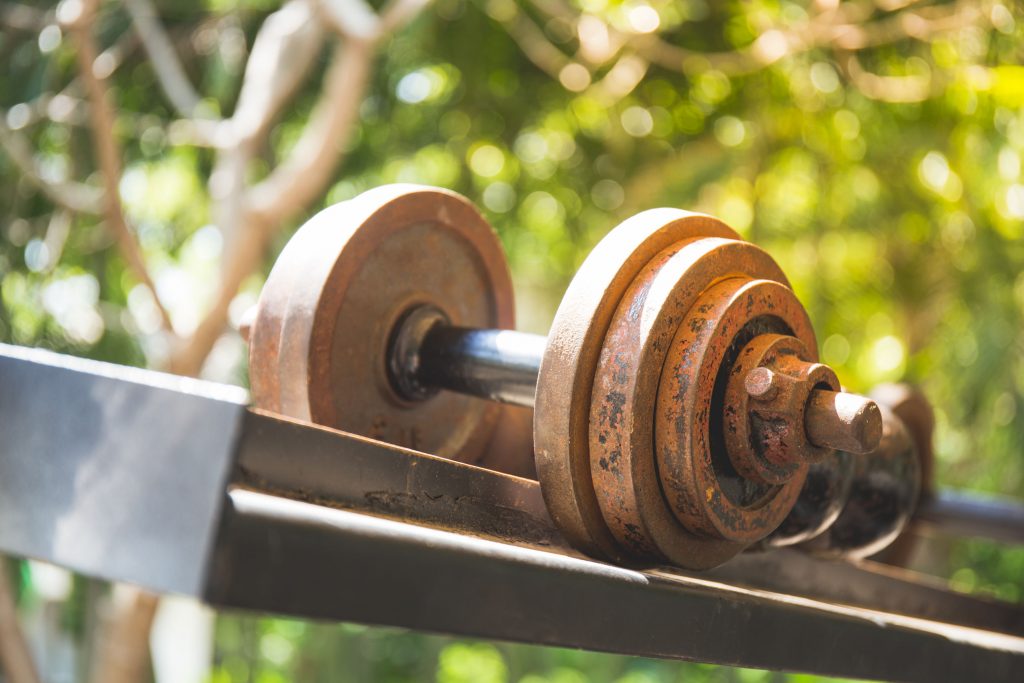


%2C445%2C286%2C400%2C400%2Carial%2C12%2C4%2C0%2C0%2C5_SCLZZZZZZZ_.jpg)


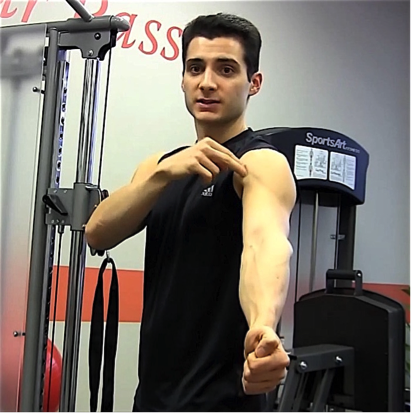
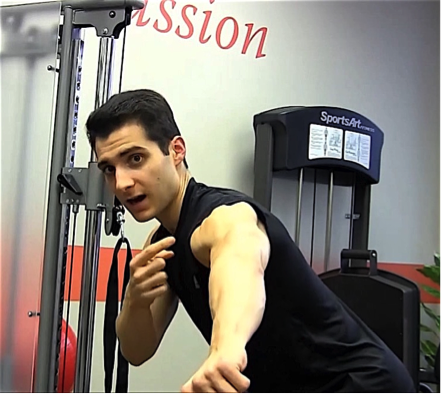
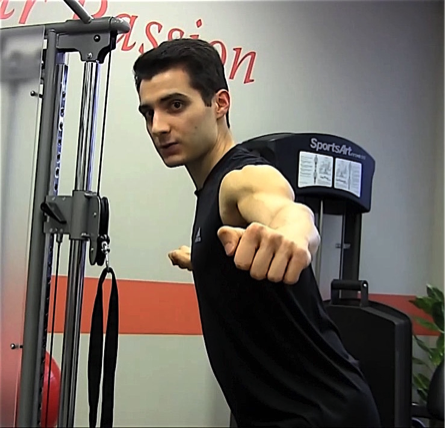
 Nicholas M. Licameli
Nicholas M. Licameli
